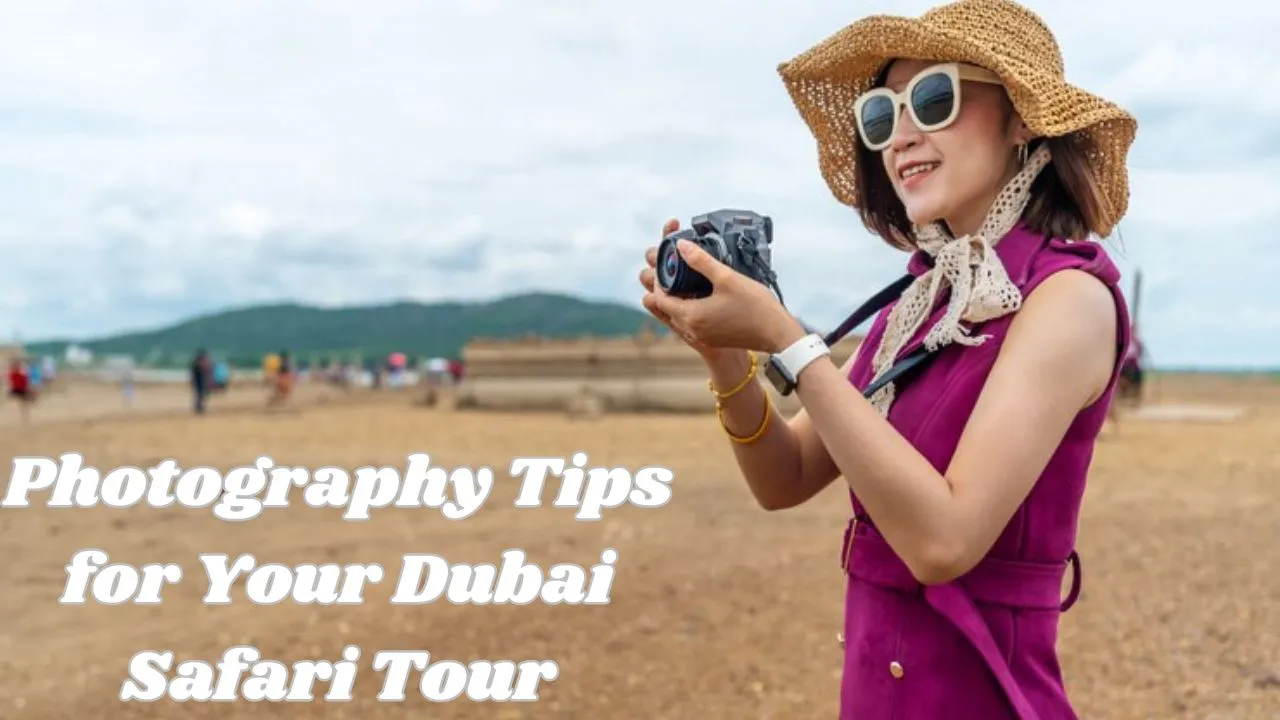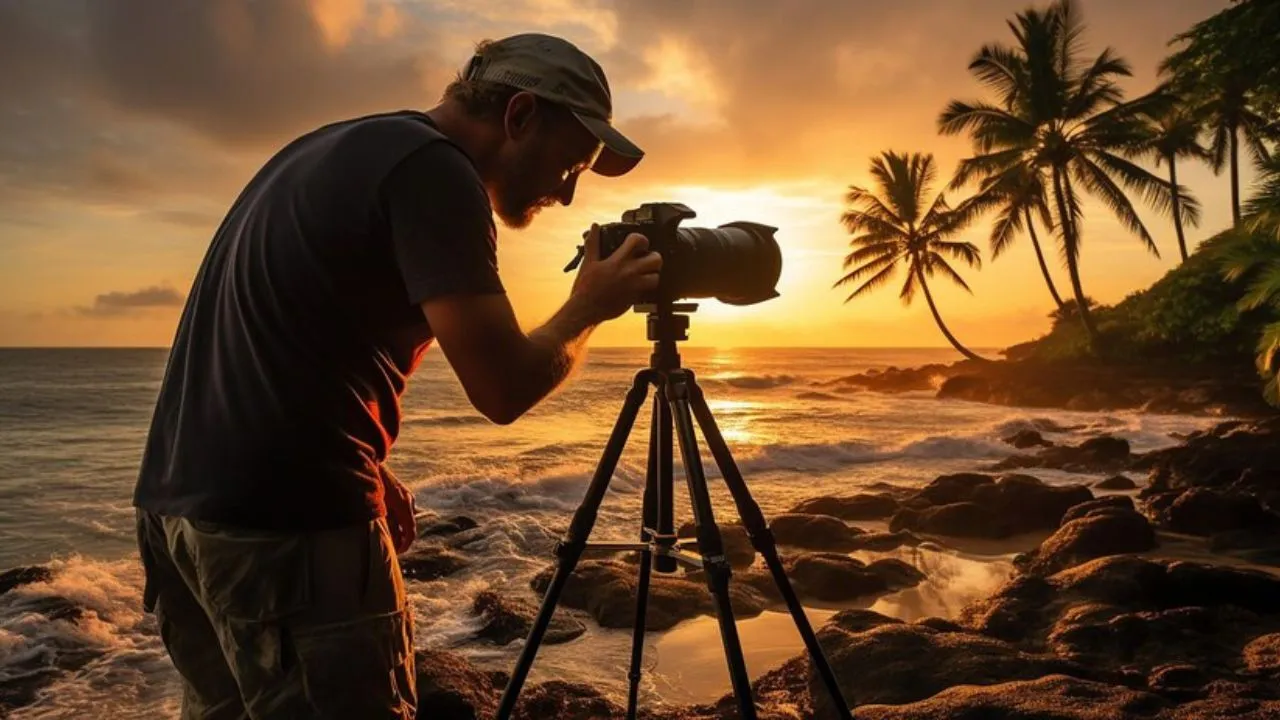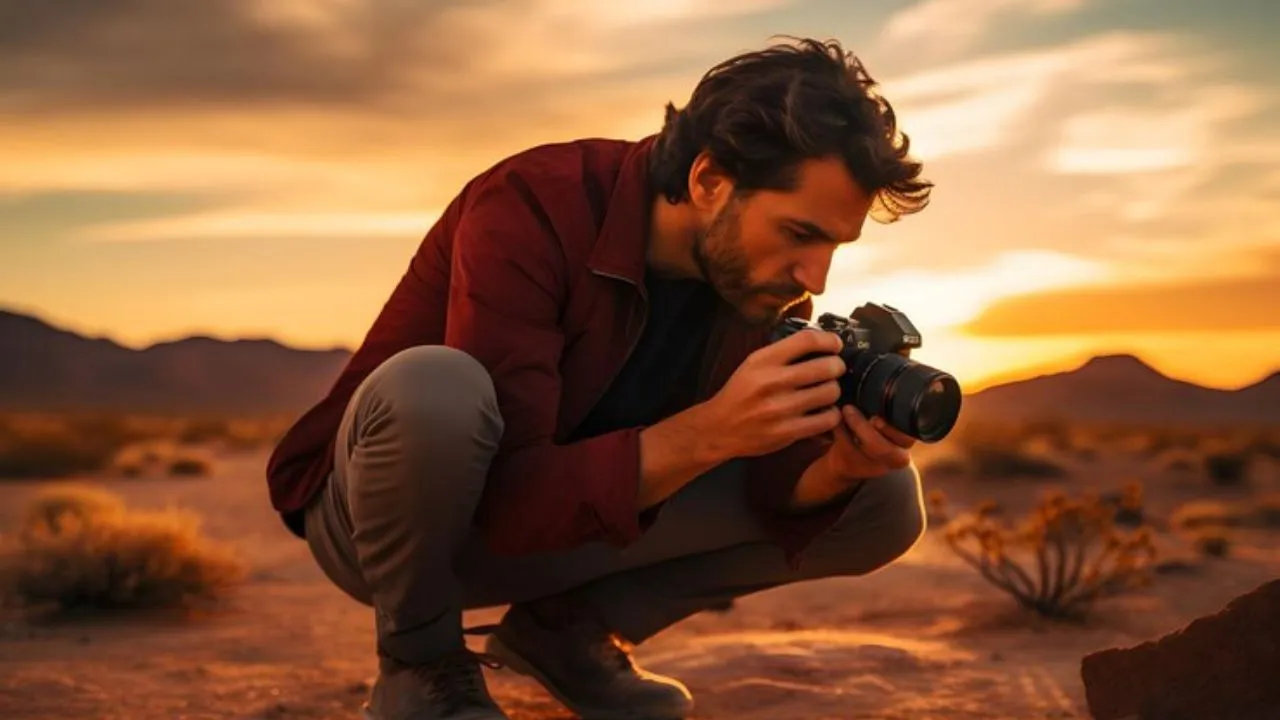
Capture the Magic: Photography Tips for Your Dubai Safari Tour 2024
Embark on an exhilarating off-roading adventure in the untamed wilderness, away from the city’s hustle and bustle. A private Dubai Safari tour not only offers this thrilling experience but also presents a unique opportunity to test your photography skills. Capture the region’s beauty, tranquility, and cultural diversity from your perspective, adding a new dimension to your adventure.
These images will serve as a gateway to relive your fantastic time. To assist you in capturing the best possible photographs during your safari trip, we have compiled this guide. It includes information on the places, times, and equipment you need. As your trusted guide on the path to becoming a professional photographer, we encourage you to stay with us until the end of this journey.
Making Preparations for Photographing a Dubai Safari tour
First, let’s delve into the crucial aspect of preparing for your photography session. Understanding the necessary equipment and its functions is key. While typical photography equipment can be used in most settings, the addition of fine-tuned accessories, depending on the circumstances, is what sets your Dubai Safari tour photography apart.
If you have a camera with many lenses spanning a range of focal lengths, you can photograph whatever you want in the desert. Here is a list of things we strongly suggest you carry on your private Dubai desert safari. My basic kit and a few other items you may want to pack on your desert adventure are mentioned below.
Your camera is one of the things that these safeguards should protect. Because of the severe conditions in the desert, your camera is susceptible to harm in various ways; thus, it is essential to acquire the knowledge necessary to protect it and prevent sand from entering it.
This is a list of the camera equipment you will need for your Dubai Safari tour vacation. You don’t need to bring all of them; you should consider getting ones you believe would be helpful.

The body of the primary camera, in addition to a spare body
It is essential to provide yourself with a spare camera body to guarantee that you will not encounter any difficulties if your primary camera encounters serious flaws or technical troubles.
Equipped with a 16-28mm f2.8 fast wide-angle lens.
A wide-angle lens helps capture the vast desert landscape between 150 and 180 degrees in a photograph. Using a lens with a focal length ranging from 16 to 28 millimeters is beneficial in low-light conditions, which will likely arise in the evening and at night if you have booked a Dubai Safari tour excursion.
24-70mm “walkaround lens” in the middle of the range
A wide variety of focal lengths can be achieved with this lens, making it possible to take portraits of people and large area vistas.
A zoom lens capable of telephoto photography (70–300mm).
With these lenses, you can take pictures from a distance. For instance, if you want to take images of camel caravans or exotic creatures located far away, you must stay close to them.
A tripod
It would help if you had a tripod to take steady photographs with a lengthy exposure. In addition, they are helpful for astronomical photography, which you may participate in during your nighttime Dubai Safari tour excursion when the sky is apparent.
Ultraviolet (UV) filters
These filters protect the front glass element of your glasses from dust, sand, and probable scratches, all likely to occur in an area characterized by a memorable desert safari climate. In bright situations, they also assist in minimizing the amount of UV haze present.
Filters with a Gradient Neutral Density Range
You may get a more balanced exposure with the assistance of these filters when there is a significant contrast between bright and dark regions. It would help to use graded neutral density filters while photographing a dark Dubai Safari tour landscape in bright sunshine.
A filter that polarizes
When used during the day, a polarizing filter may assist in lowering the amount of reflections and glare that appears.
Release of the shutter remotely
This remote shutter control lets you take pictures with your camera without touching the button. It is helpful to have this when you want camera steadiness for specific photos, such as long exposures.
One pair of extra batteries
When you have extra batteries, you can be sure you won’t run out of power while photographing. Additionally, there is often little to no electricity in Dubai Safari tour, making it hard to charge the batteries.
SD or CF Cards in Reserve
Additional memory cards provide extra storage space for high-resolution photographs and guarantee that you will always have sufficient storage space.

Kit for Cleaning Lenses
It is necessary to have a cleaning kit to preserve the quality of your images while you are in arid areas since dust and sand might collect on your lenses.
It is raining
Even though we cannot anticipate significant precipitation in the Dubai Safari tour with the current weather forecast, a rain cover is handy for safeguarding the camera equipment from unexpected sandstorms or sudden showers. It’s always better to be prepared.
A tarp or plastic
When you need to rest or take a little break, you can find yourself laying the camera bag on the desert ground. However, the bag might be damaged by debris from the desert. However, when you put your bag over, a plastic tarp will prevent all that from happening.
A wet towel or an old shirt
If the camera is not being used, wrap it in a towel or a shirt. This keeps away dirt and sand.
Both a flashlight and a lampshade
Utilizing these light sources is beneficial when venturing into the Dubai desert safari tour at night and putting up your equipment.
How to Determine Which Camera Is the Best for Safari Tours
When selecting a camera for your desert safari vacation, consider its mobility. The camera should not only be simple to carry around, but it should also be durable enough to withstand the harsh conditions of the desert. The following are some well-known choices:
Digital single-lens reflex
A significant number of professional photographers have a preference for digital single-lens reflex cameras. The expansive desert vistas may be captured with the aid of these. Additionally, they offer the most excellent auto-focus capabilities, allowing them to capture high-quality images of moving objects. These are a bit pricey, but they are worth the investment.
Action cameras: When capturing fast-paced adventure sports such as sandboarding, quad-riding, or dune bashing, action cameras are a handy tool.
Camcorder for mobile phones
It is also possible to take the most excellent photographs using the camera on your cell phone if you do not have a DSLR camera or are not a professional photographer. Image quality comparable to that of a DSLR may be captured by the most recent versions of the Google Pixel and the iPhone.
Camera from GoPro
Participating in sporting activities such as dune bashing, quad biking, and dune buggy riding may be captured with the assistance of a GoPro camera. These cameras are simple to attach to the car and will record the trip so you can view it and reflect more fondly.
Configuration of the Camera for the Safari Photoshoot
These settings for your camera will allow you to take the finest possible pictures on your Dubai Safari tour.
Control to Adjust Sensitivity (ISO)
The ISO setting would be between 100 and 400 in a perfect world. When the light is poor, it may be tempting to use a higher ISO, but doing so might result in blurry images. When the sun is shining strongly, you should utilize the lower end of the scale to take photographs to keep the quality of your pictures intact.
Acquiring Expertise in Depth of Field in Aperture
Choose a lesser f-number (such as f/4 or f/2.8) to accomplish the goal of blurring the backdrop while maintaining great focus on the subject of your photograph. It would help if you used this strategy for portraits or situations where you want to draw attention to a particular topic.
White balance is a component of color management.
In the desert, your photographs may have an appearance that is either too warm or too blue. Adjusting the white balance is something that can be done on the majority of current cameras. Choose the ‘Cloudy’ or ‘Shade’ option for a more balanced color with a warmer tone if you want it.
Making adjustments to compensate for exposure and maximizing brightness
Sometimes, the vast stretches of desert sand cause your camera to underexpose the picture, ultimately resulting in a gloomy photograph. You can manually brighten the image using the Exposure Compensation option available on your camera. Please set it to a value of +0.5 or +1 and make any required adjustments.
Timings for the Photographic Journey Through the Desert Safari
The era of success
Taking photographs of activities to do at desert safari during the “Golden Hour,” which is the period that happens just after dawn and before sunset, yields the most outstanding results. The golden tones of the sky create an enchanted mood as the sun sets over the countryside, forming gentle shadows. Make sure you are well-prepared by adjusting the settings on your camera and selecting the place in advance so that you can shoot images with your camera at the appropriate time.
Try out a variety of perspectives.
Directly photographing the desert environment may seem an intriguing option; this approach often results in uninteresting images needing more depth. Different perspectives give your photographs a sense of vitality. Shoot from a high vantage point to highlight the majesty of the dunes, or kneel to capture the texture of the sand. Both of these options are available. By tilting your camera ever-so-slightly, you may catch a distinctive aspect in your photographs.
When shadows are played with
When the sun is shining in the Dubai Safari tour, you may produce lengthy and extending shadows, giving depth and patterns to your images. By situating the subject, whether a person or an item like a camel, you may use these natural lines and create a more interesting composition. It is possible to use shadows to influence the observer’s attention, create an atmosphere of mystery, or even achieve an artistic impression.
From the rear, illumination
When you arrange your subject so that it is between the sun and the camera, you will be able to make the most excellent silhouettes. Through the use of this method, forms are highlighted, and an atmosphere of drama is created. When trying to capture the correct exposure, backlighting presents a unique problem; thus, paying attention to your camera’s settings is essential.
A Reflective Surface
As you travel across the Dubai Safari tour, you may often come across reflecting surfaces, such as puddles of water left behind by a rare shower or sparkling automobiles. To reduce harsh shadows and expose previously obscured features, reflect light onto these surfaces. In the middle of the day, when the sun is most intense, this may be a wildly successful strategy.
Depicting the Particulars of the Sand Dunes
This is what we may call a “Macro Shot” because it allows you to zoom in and capture the fantastic intricacies of the dunes. You may do this using a macro lens or the Macro mode on your camera. If you take a close-up picture of a dune, you will be able to discover various ripples and patterns, which will result in breathtaking photographs.
Photos taken during the night
The most significant time to take images of the Milky Way Galaxy, the moon, and the stars is when the desert sky is clear. You should take advantage of this chance if you have paid for an overnight desert safari. When taking photographs at night, it is essential to use a tripod to ensure that your camera is positioned at the optimal angle and to use a lens with a wide aperture.
Taking Photographs of Unplanned Moments
It would help if you took pictures of the genuine moments during your private Dubai Safari tour. As part of this, you should take pictures of the happiness of your fellow passengers and group interactions with tour guides and locals. An experience may be well captured in a candid snapshot.
Respect the wildlife and maintain a safe distance.
The safe distance between you and animals should be maintained, and you should avoid frightening or injuring them. Telephoto lenses are invaluable for getting close-up images of these creatures without visiting their natural environment.
Please respect the privacy of your fellow safari participants
It is important to remember to ask your fellow travelers for permission before snapping images of them. You should ask them in person whether you can photograph them; if feasible, you should send them a copy of their pictures when the trip is over.
Reduce the amount of disruption.
Pay attention to your surroundings and avoid making any unnecessary noises that could disrupt the peaceful calm of the desert environment.
Educate one another.
Providing advice and direction to other photographers with less expertise is essential to cultivating a supportive community.
Final Thoughts
You are a magician, and taking the ideal photograph while on your Dubai Safari tour is unnecessarily optional. Even inexperienced photographers can generate pictures that will turn their friends green with envy if they use the appropriate camera settings and photographs. Grab your camera, make your reservation for the desert safari excursion immediately, and get ready.
